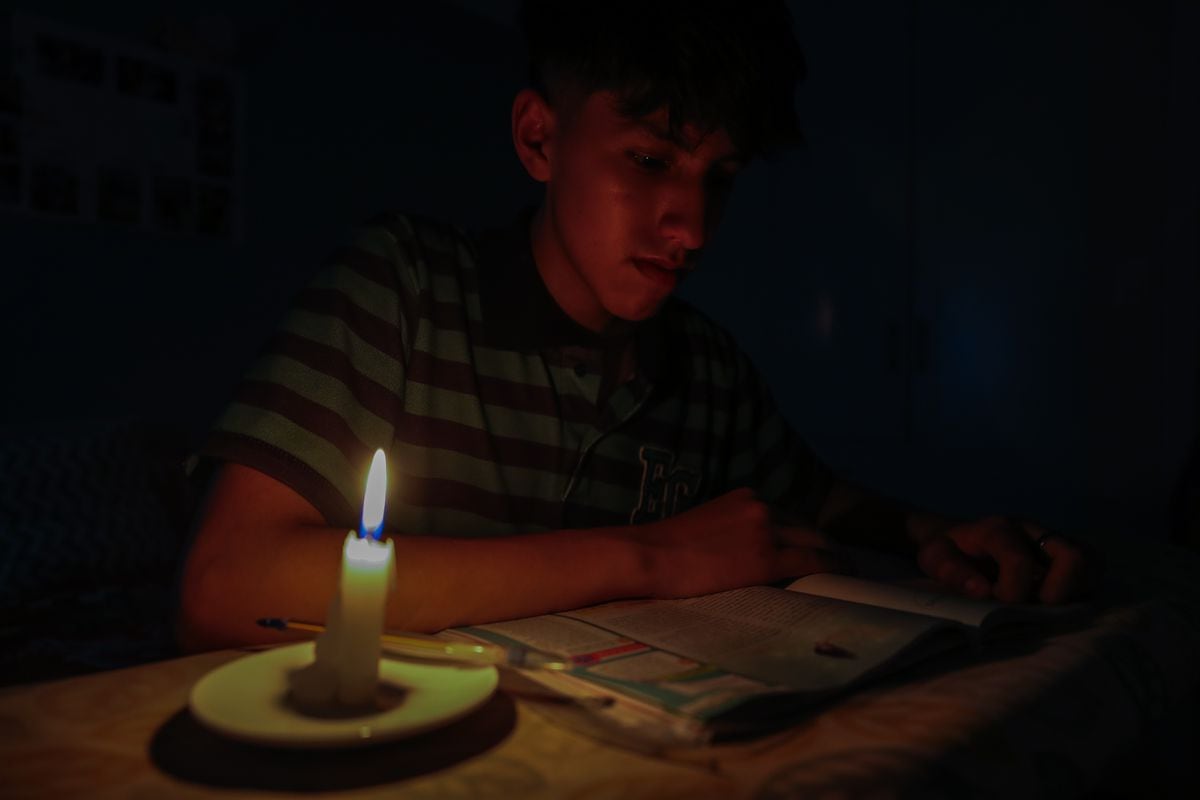(CNN) – The US Centers for Disease Control and Prevention (CDC) includes two locations in South America, one country in the Middle East and one in North Africa in the “high” risk category for travel.
On Monday, four locations were moved to Tier 3, or “high” risk:
• Peru
• Bolivian
• Lebanon
• Tunisia
Peru, known for the culinary excellence of its capital and notable Inca ruins in the Andes, was previously listed as Tier 2, “moderate” risk. Bolivia, Lebanon and Tunisia were also added to Group 2 last week.
Top image: A view of the valley from the Pinguilluna archaeological site in Peru. (Anna Corin/RF Moment/Getty Images)
The CDC revised its assessment system to assess the risk of COVID-19 for travelers in April.
Level 3, or “high,” is now the highest level of risk and applies to places with more than 100 cases per 100,000 people in the past 28 days. Level 2 and Level 1 are considered “moderate” and “low” risk, respectively.
There were about 115 Tier 3 lots on July 11. Of the approximately 235 locations monitored by the CDC, Tier 3 locations account for nearly 50%.
Level 4, previously the highest risk category, is now reserved for special situations such as large numbers of locations, where a new strain of concern appears or where health infrastructure is crumbling. Under the new system, Tier 4 targets have not been set yet.
More about level 3
Much of Europe has been in Tier 3 for months with the summer travel season in full swing. As of July 11, the following popular European destinations were in Tier 3:
• France
• Germany
• Greece
• Ireland
• Italy
• The Netherlands
• Norway
• Portugal
• Spain
• United Kingdom
These are not the only high-end places in Tier 3. Several locations around the world are in the “high” risk category, including:
• Brazil
• Costa Rica
• Canada
• Malaysia
• South Korea
• Thailand
• Turkey
The CDC recommends that travelers be up-to-date on their Covid-19 vaccinations before traveling to a Tier 3 destination. “Until Today” This means you’ve received any boosters you’re eligible for, not just your initial full vaccinations.
Stage 2
Places carrying the designation “Stage 2: Moderate Covid-19” have reported between 50 and 100 cases of Covid-19 per 100,000 residents in the last 28 days. The CDC listed only one place in this tier on Monday: Fiji.
Fiji was upgraded from Tier 1, “low” risk category.
This week there are 16 places in the “moderate” risk category.
You can view CDC risk levels for any global destination Referral page Travel agency.
within it Great travel guideThe CDC recommends that travelers stay up-to-date on vaccinations before traveling internationally.
Level 1
To be listed as “Tier 1: Low Covid-19”, there must have been 49 or fewer new cases per 100,000 residents in the past 28 days. On July 11 only one place was added to the category: Romania.
Moving to Tier 1 is good news for Romania, which was in Tier 2 last week.
There are more than 40 places in the “low” risk category this week.
Some of the most popular destinations in the “low” risk category this week include Indonesia, India and the Philippines.
I do not know
Finally, there are places where the CDC considers the risk “unknown” due to a lack of information. Usually, but not always, these are small, remote places or places with ongoing wars or riots. Four places were added to this category this week:
• Armenian
• Laos
• Liberian
• Mongolian
Armenia and Liberia were previously in Tier 1. Laos and Mongolia were in Tier 3.
The CDC advises avoiding travel to these locations precisely because the risks are unknown. French Polynesia, Macau and the Maldives are other destinations in this category that usually attract the attention of tourists.
A medical professional assesses risk levels
According to Dr. Lena Wen, a CNN medical analyst, transmission rates are only a “guideline” for assessing individual risks for travelers.
“We’ve entered a phase of the epidemic where people have to make their own decisions based on their medical circumstances and their risk tolerance when it comes to getting infected with Covid-19,” said Wen, a physician and professor of emergency medicine. George Washington University Milken Institute School of Public Health Health Policy and Management.
According to Wen, there are other factors to consider besides exchange rates.
“Another is what precautions are needed and to follow where you are going, and the third is what you plan to do once you get there,” he said.
“Are you planning to go to a lot of fancy places and go to closed bars? That’s a lot different than going to a place where you plan to be on the beach all day and not meet anybody. That’s a lot different. They’re very different levels. Risk.”
Because unvaccinated travelers are more likely to get sick and spread COVID-19 to others, vaccination is the most important safety factor for travel, Wen said.
It’s also important to consider what you will do if you end up testing positive from home.
Although travelers to the U.S. no longer have to provide a negative Covid-19 test to return home, the CDC still recommends not traveling if you are sick before boarding flights back to the U.S.
“Of course, if people have symptoms or exposure during travel, they should be tested, and if they test positive, follow the guidelines. CDC isolation guidelinesWen recently told CNN Travel.
If you are concerned about a specific travel health situation unrelated to Covid-19, Check here.



:quality(85)/cloudfront-us-east-1.images.arcpublishing.com/infobae/UPVGPP57H5HKJNEFI7YGN5QE2A.jpg)

